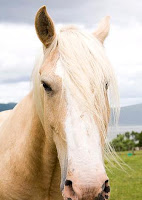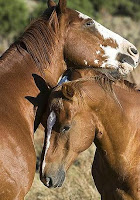Viral diseases are a common problem when it comes horses. Most commonly these are respiratory tract viruses that can cause severe inflammation and damage to the upper and lower respiratory tracts. However there are many other viral diseases that horses are exposed to and that can cause a wide range of clinical signs and outcomes. At best there may be slight decrease in performance or in more severe cases expensive veterinary treatment or even death.
There are limited treatments available that can be used to prevent or minimize clinical signs of viral disease. One product that may be useful is Equimune® I.V. This is a purified extract of a portion of the cell wall of bacteria which has been processed to reduce any toxic or allergic side effects but which still retains the ability to produce an immune response. Following injection of Equimune® intravenously the hoses body will recognize a foreign protein is present and mounts an immune response, primarily through activation of cytokine interleukin. This immune response is similar to that which would occur following a natural viral or bacterial infection and effectively prepares the immune system for when a real viral infection occurs.
Allivet carries Equimune® I.V. at the lowest prices with the added convenience of having your horse vaccines delivered to your door. Shop Allivet and save more.



















